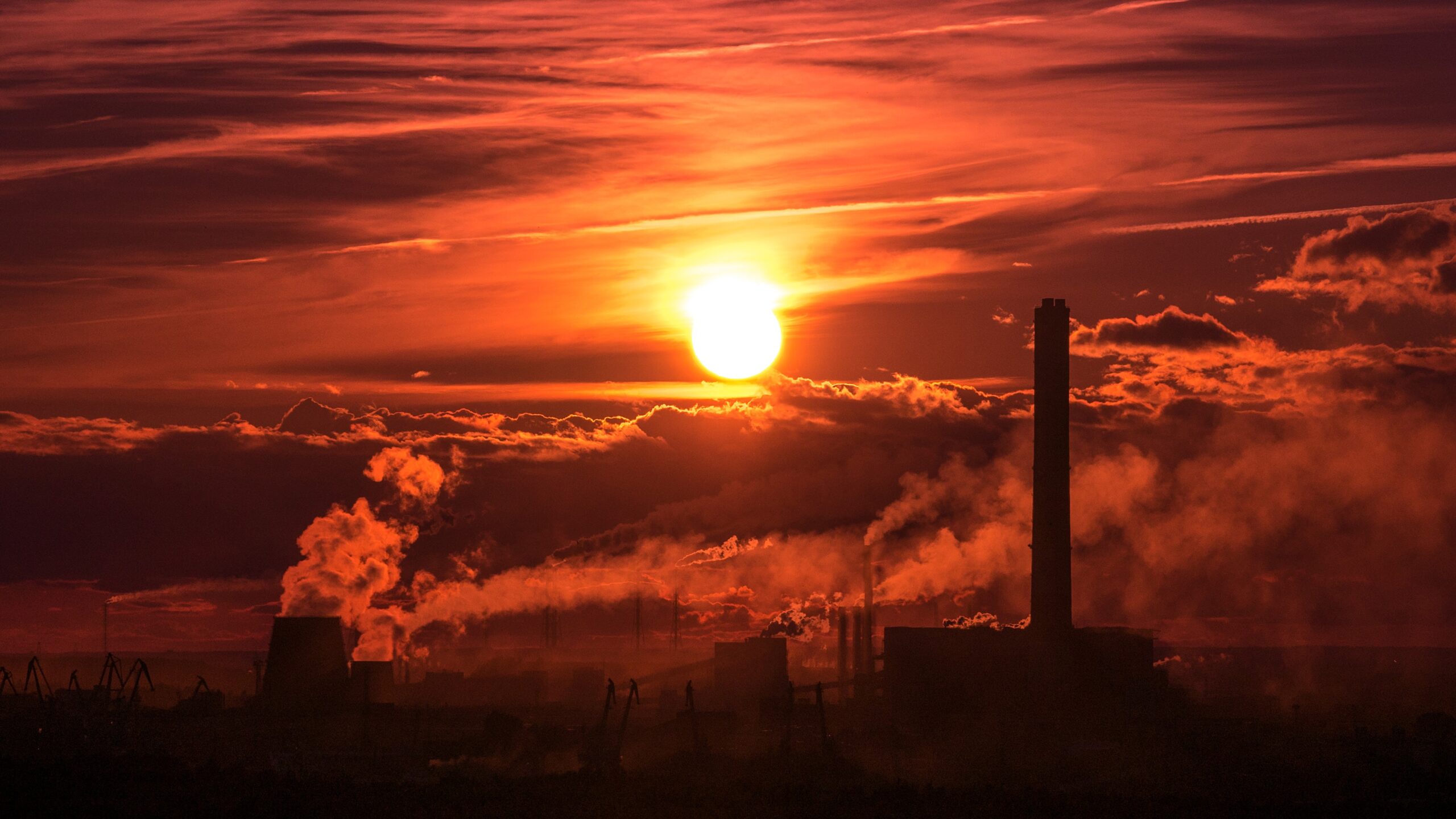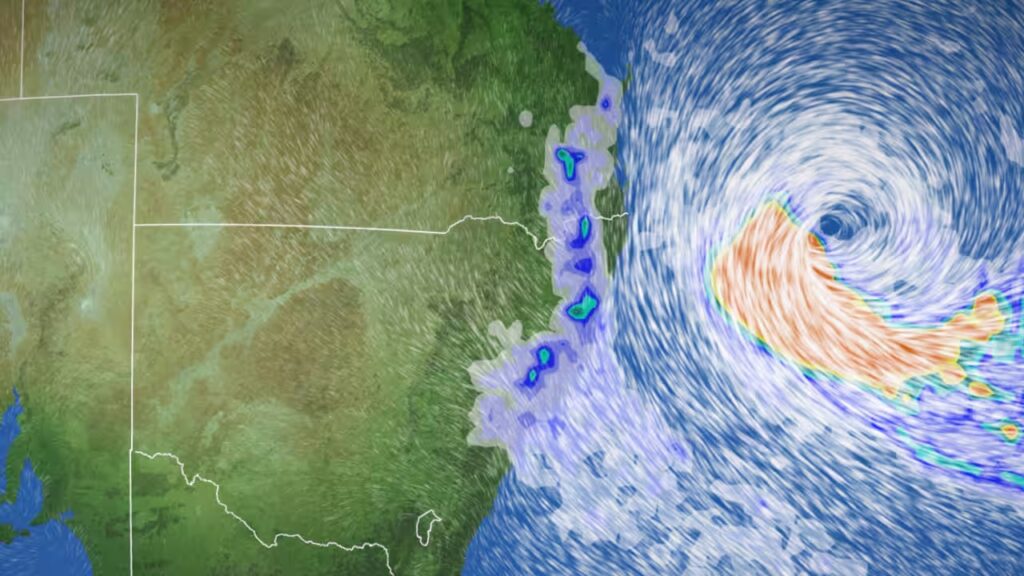The Climate Council’s Heat Map of Australia is an interactive tool that shows how cutting climate pollution will limit extreme heat in our neighbourhoods. It projects the average number of hot and very hot days, as well as very hot nights, for each suburb and electorate per year by 2050 and 2090, and across three scenarios: no action, continuing with existing action, and taking necessary action in line with Climate Council’s recommendations.
How YOU CAN take action
Extreme heat threatens every neighbourhood and electorate in the country. The good news is that we can significantly reduce harm if political decision-makers take the necessary action to slash climate pollution now.
FAQs - your questions answered
What are you comparing the projected number of hot and very hot days in 2050 and 2090 to?
The ‘baseline’ for the projections is the average over 1986-2005. In other words, the tool shows the increase – both in the absolute number of days and as a relative increase in the number of days/nights – above the average experienced over that period.
But isn't it already hot?
Australia has already warmed by around 1.5°C since 1910, which has meant a significant increase in the number of very hot days and nights. Unfortunately, as our Heat Map shows, without action to address climate change these temperature increases are set to continue.
When assessing climate change, we look at the average conditions over a number of years. This is because temperatures and other conditions vary greatly from year to year. Our projections for the number of hot and very hot days and very hot nights in 2050 and in 2090 for each location represent a 30-year average. This means we will inevitably see individual years with a number of hot days and nights that far exceed the projected average. Indeed, in some instances we already have. For example, in 2019 Hobart experienced a greater number of days above 35°C degrees Celsius than it is projected to experience by 2090. Given the world may be warming faster than scientists previously expected, it is also possible that the average conditions in the future will be worse than our tool projects.
So what is a hot day, a very hot day and a very hot night?
As defined by the Bureau of Meteorology, a hot day is a day when the daily maximum temperature is above 35°C. Note that this refers to the maximum temperature observed in a standard weather station located in the shade, in the wind and over a flat natural surface, but not in the sun and not on a road or footpath – surfaces which can be much hotter. A very hot day is when the daily maximum temperature is above 40°C. A very hot night is when the daily minimum temperature does not fall below 25°C.
What do the different scenarios (no action, existing action, necessary action) mean?
The scenarios are based on a set of possible trajectories for greenhouse gas concentrations used by the World Climate Research Programme Coupled Model Intercomparison Project to model future changes to our climate. These climate model projections were evaluated in the Fifth Assessment Report of the Intergovernmental Panel on Climate Change, released in 2013. These are known as Representative Concentration Pathways (or RCPs).
Our ‘no action’ scenario is based on RCP8.5, a pathway in which global emissions continue to rise throughout the 21st century. It corresponds with a likely global average temperature rise of around 4.4°C by 2100.
Our ‘existing action’ scenario is based on RCP4.5, which is similar to what we’d see play out if all countries implement their current commitments. It corresponds with a likely global average temperature rise of around 2.7°C by 2100.
Our ‘necessary action’ scenario is based on RCP2.6, a much stronger pathway that requires almost all countries (including Australia) to substantially strengthen their existing commitments and actions. It corresponds with a likely global average temperature rise of around 1.8°C by 2100.
(Fun fact: The number after RCP refers to the amount of ‘radiative forcing’ – a measure of the change in the energy balance in the atmosphere due to emissions of greenhouse gases from burning coal, oil and gas.)
Why have you chosen 2050 and 2090?
The choice of 2050 and 2090 is based on the available data from the World Climate Research Program Coupled Model Intercomparison Project, and provides two useful reference points. 2050 is within the expected lifespan of a majority of Australians alive today. It is around the time a child born today would be graduating university, or within the term of a typical mortgage for someone buying a house today. 2090 is around the time a young child today is expected to be entering retirement.
What is the difference between ‘absolute’ and ‘relative’ days above 35°C?
‘Absolute days’ refers to the number of additional days of hot and very hot days/night and ‘Relative days’ refers to the proportionate increase in the number of days of hot and very hot days/nights. For example, Sydney currently experiences an average of five days above 35°C each year and, under existing global commitments, is expected to experience eleven such days by 2090. This is an increase of six in ‘absolute days’, or an increase of around 2x when expressed in relative terms.
When looking at the map through the ‘absolute days’ view, you can see that, generally speaking, suburbs and electorates in the center and top of Australia will experience the largest increase in the number of days above 35°C. This is because these places are already hot, and so it doesn’t take much to push a day over the 35°C threshold. When looking at the map through the ‘relative days’ view, you can see that, generally speaking, suburbs and electorates around the north and east coasts of Australia will experience the largest relative increase.
Both views matter. Even a few days over 35°C per year might represent a huge shift in the climate of a place that is normally relatively cold and, in turn, this may have enormous impacts on ecosystems and people. At the same time, places that are already hot – where people and ecosystems may be relatively well adapted to heat – will also experience huge impacts if the number of hot and very hot days increases substantially.
Where does the data come from and how has it been processed?
The data comes from Climate Change in Australia - a joint project of CSIRO and the Bureau of Meteorology, released in 2015.
The process of projecting the increase in hot and very hot days and very hot nights begins with establishing a baseline. In other words, an observation of the actual number of such days we have already been experiencing. However, temperature measuring stations are somewhat sparsely distributed, and so we do not have direct observations for each suburb. To get around this limitation, statistical methods are used to fill the gaps between stations and to create a ‘gridded’ dataset. This divides Australia into squares of approximately five kilometres by five kilometers, with a value for each square. The accuracy of this process is influenced by the underlying measurements. The CSIRO and BoM have used the highest quality data that could be obtained in gridded form, which was provided by the Australian Water Availability Project (AWAP). This dataset covers the 30-year period 1981 to 2010, and from this a 20-year period from 1986 to 2005 is used as the baseline for the subsequent modeling.
The projections for future increases are modeled for three possible trajectories for global greenhouse gas concentrations . The results for these scenarios (i.e. the increase in temperatures) are arrived at by taking the average from eight different climate models. They represent an average of the projected temperatures for each day over a thirty-year period. So for 2050, this represents the average over 2036-2065, and for 2090 this is the average over 2075-2104. The results are then expressed as the average number of days in a year for which the maximum temperatures is likely to exceed 35°C and 40°C (defined by the Bureau of Meteorology as ‘hot’ and ‘very hot’ days, respectively) and the number of nights when the temperature does not fall below 25°C (defined as ‘very hot nights’), which can then be compared against the baseline data. As the data has been ‘gridded’ down to a scale five kilometers square, values can be calculated for almost every suburb.
Note that the projections for future temperature increases are made across a broad geographical scale, before then being applied to the gridded baseline data.
Climate Council is grateful to CSIRO for their help with this project.
For more information on the Climate Change in Australia climate projections, visit the CSIRO and Bureau of Meteorology, Climate Change in Australia website.
New high-resolution regional climate model projections for Australia are being developed by the Australian Climate Service and the National Partnership for Climate Projections but they are not available yet to be used in this project.
My local area only shows a small change in the number of very hot days or nights. Is this really something to worry about?
Even a small increase in the number of very hot days or nights can do significant damage to ecosystems and our health. For example, Tasmania’s expected increase of an average of just one more day over 35°C is expected to have a major detrimental impact on its coastal rainforests. Note also that we are talking in terms of average increases, meaning that there will be some years that experience many more extreme hot days than the projected average number. Learn more about this here.
My local area shows minimal difference between the number of hot days, very hot days and very hot nights when moving from “existing action” to “necessary action”. Why is that? do our actions today really matter?
Every action and every tonne of carbon left in the ground matters and each fraction of a degree of avoided warming means more lives, livelihoods, species and ecosystems saved. Unfortunately, despite our best efforts, temperatures will continue to rise in the near term due to our past inaction and the pollution already in the atmosphere. This means there is a short lag between cutting climate pollution and seeing a reduction in the severity of extreme heat, compared to a scenario where we fail to act. However, the further we look into the future, the more significant the effect of our actions today, and the more we are able to limit harm. The effects of our actions today will reverberate across many, many generations. Learn more about this here.
I’ve heard we’ve already missed the goal of limiting warming to 1.5°C. Is this true?
Global Climate Scientists have confirmed 2024 was the world’s hottest since records began, eclipsing the previous record set in 2023 and raising alarm that burning fossil fuels has left the planet ‘teetering on the brink’ of breaking the 1.5°C barrier set by the Paris Agreement. While this is extremely concerning, it does not equate to breaching the 1.5°C limit as set out in the Paris Agreement and by the Intergovernmental Panel on Climate Change. This is based on average temperatures over 20 or 30 years.
Every fraction of a degree matters. Each increment of warming beyond 1.5°C increases the likelihood of crossing dangerous tipping points in the climate system. Learn more about why we must continually strive to limit warming as close to 1.5°C as possible here.
Will acting faster now to cut climate pollution make a difference?
Yes. While we are suffering now for the consequences of our past inaction, there is still so much we can and must do to create a brighter and safer future for everyone. As our Heat Map shows, stronger action now to cut climate pollution will substantially limit the number of hot and very hot days and very hot nights we experience in the future. For some places, this may be the difference between our local areas remaining habitable or not.
Why I am seeing an inconsistency in the number of days above current levels?
All the results are rounded up or down to the closest whole number of days. Occasionally, this process of rounding will produce what looks like an error. For example, you may see that for your location moving from ‘existing’ to ‘necessary’ action reduces the number of days over 35°C from 5 to 4 for 2050, but in both cases this is listed as an increase of three days above the baseline. Do not worry – this is merely a product of the rounding process and is not an error in the tool or underlying data.










